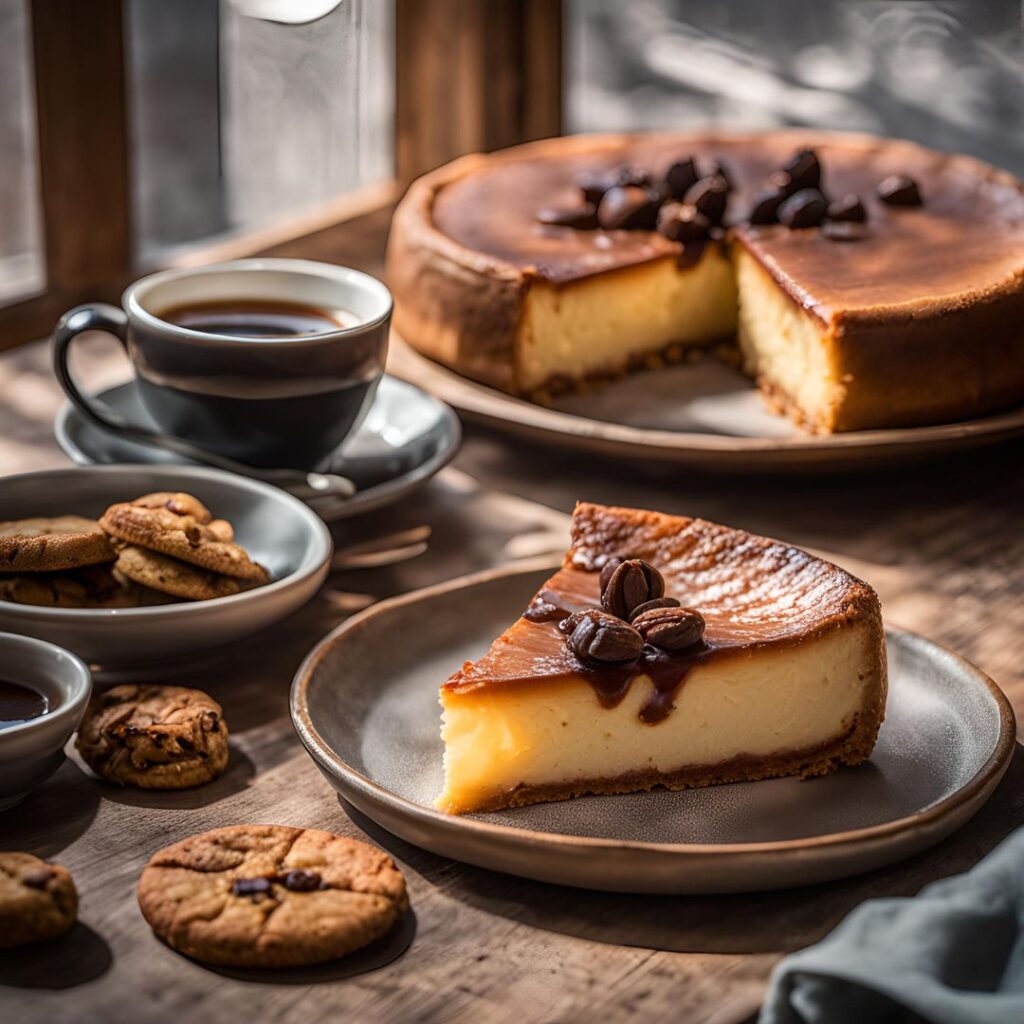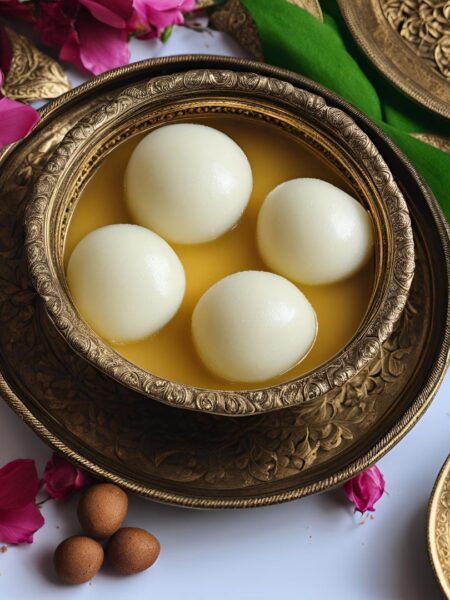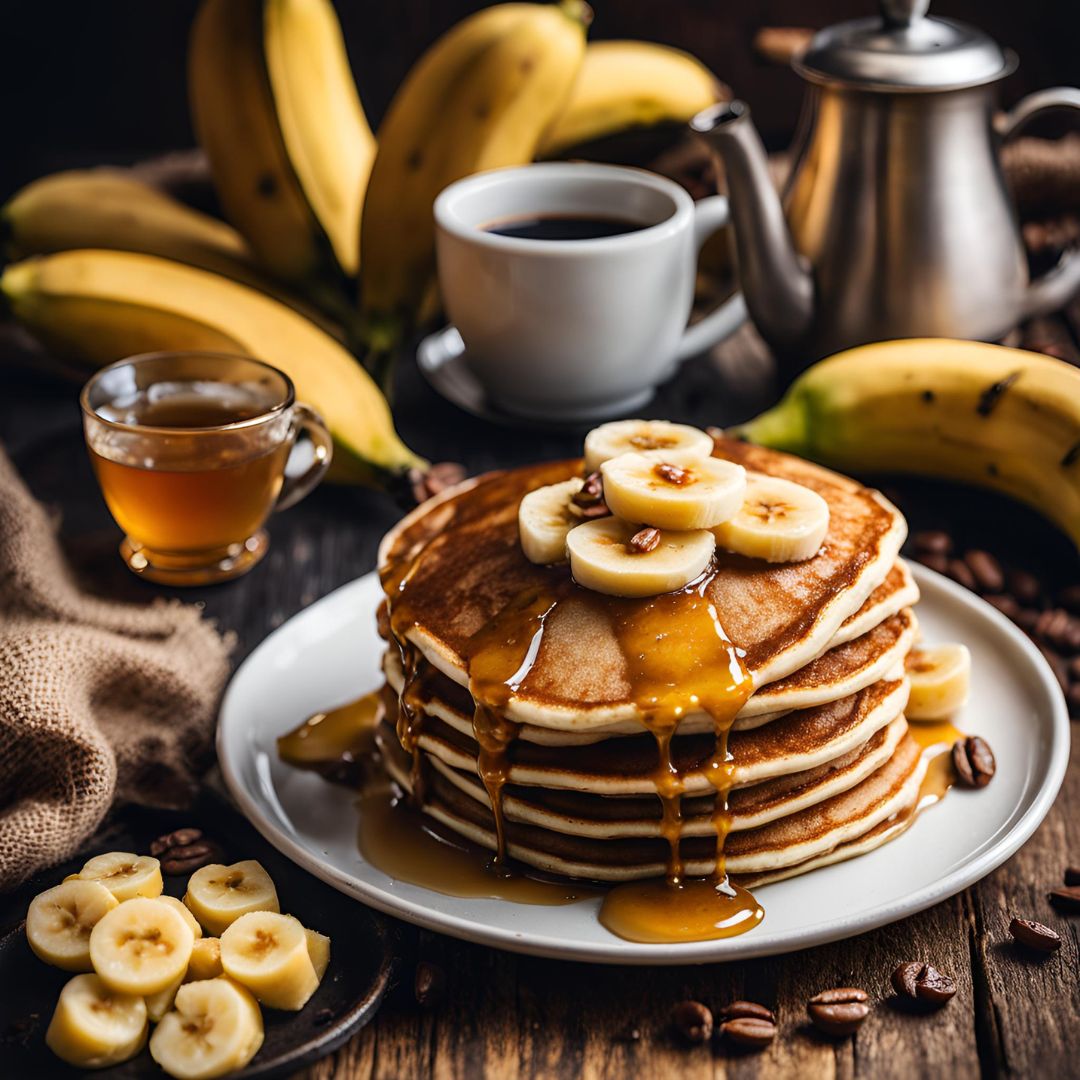Basque Cheesecake Recipe: A Culinary Revelation. In the world of desserts, there are classics that have stood the test of time, and then there are trendsetters—dishes that burst onto the scene with unique flair and captivate the hearts and taste buds of food lovers everywhere. Among the latter is the Basque burnt cheesecake, a dessert that has garnered international fame in recent years. Its popularity is not just due to its striking appearance—its deeply caramelized, almost “burnt” top—but also its indulgent, creamy interior that strikes the perfect balance between custard and cheesecake. A slice of Basque cheesecake is a journey into the heart of San Sebastián, Spain, where this dessert was first conceived, and an invitation to enjoy something both familiar and refreshingly new.
The Origins of Basque Burnt Cheesecake
To truly appreciate Basque cheesecake, it’s important to understand its roots. The dessert hails from the Basque region of Spain, an area known for its rich culinary traditions. Nestled along the northern coast, the Basque Country is celebrated for its innovation in gastronomy, blending traditional flavors with modern techniques. San Sebastián, in particular, is considered a mecca for food enthusiasts, with numerous Michelin-starred restaurants and a vibrant pintxos (Basque tapas) culture.
The cheesecake itself was popularized by La Viña, a small, unassuming restaurant in San Sebastián. Chef Santiago Rivera, who runs the establishment, sought to create a dessert that was both simple and unforgettable, something that would stand apart from the lighter, more intricate cheesecakes found elsewhere in the world. The result was a recipe that defied conventional cheesecake wisdom, doing away with a crust and embracing imperfections like a cracked surface and scorched edges. What may have seemed like flaws became the defining features of the Basque cheesecake, contributing to its rise in global popularity.
What Sets Basque Cheesecake Apart
At first glance, the most obvious distinction of Basque cheesecake is its appearance. Unlike its New York-style counterpart, which is known for its smooth, pale surface and often includes a graham cracker crust, Basque cheesecake is baked at a high temperature, resulting in a deeply browned, almost burnt exterior. The caramelized top provides a slight bitterness that contrasts with the sweet and creamy interior, a marriage of flavors that elevates the dessert to something more than just cheesecake.
One of the most appealing aspects of Basque cheesecake is its texture. While many cheesecakes have a firm, dense structure, Basque cheesecake is intentionally softer and more fluid in the center. It’s not uncommon to cut into a slice and find the middle slightly runny, with the edges firmer but still smooth. This textural contrast is part of what makes each bite of Basque cheesecake a delight. The outer layers offer a more structured mouthfeel, while the center melts away like a rich custard.
Another key difference is the ingredient list. Basque cheesecake recipes are wonderfully simple, relying on a handful of ingredients to create a dessert that is rich yet not overly complicated. The star of the show is cream cheese, which forms the base of the cheesecake, along with sugar, eggs, heavy cream, a bit of flour, and sometimes a splash of vanilla or salt. This minimalism allows the natural flavors of the cream cheese to shine through, and the high-fat content of the cream results in a decadent, silky texture.
The Rise of a Global Sensation
Despite its origins in a small Spanish restaurant, Basque cheesecake has become a global phenomenon. The dessert first started gaining international attention around 2019, particularly in food circles and on social media platforms like Instagram. Its rustic, burnt appearance made it a favorite subject for food photography, and soon, bakers and chefs around the world were putting their own spin on the recipe. From London to Tokyo, Basque cheesecake began popping up on menus, and home bakers eagerly embraced the challenge of recreating it in their kitchens.
Part of the appeal of Basque cheesecake is its forgiving nature. Unlike traditional cheesecakes, which require precise baking times and careful monitoring to prevent cracks, Basque cheesecake encourages imperfections. In fact, the cracks, burnt top, and wobbly center are all signs that you’ve made the dessert correctly. This has made it a popular choice for novice bakers who may shy away from more delicate or complex recipes.
Additionally, its flexibility in terms of flavor and presentation has contributed to its widespread appeal. While the original version is beautifully simple, some bakers have experimented with adding different ingredients or toppings to personalize the dessert. For instance, you may come across Basque cheesecakes infused with citrus zest, topped with berries, or dusted with cocoa powder. Others have explored savory variations, incorporating herbs or even cheese into the mix for a unique twist.
Why Basque Cheesecake Continues to Captivate
What is it about Basque cheesecake that keeps people coming back for more? The answer lies in its perfect balance of contrasts. The burnt top, with its deep caramel notes, offers a slight bitterness that is offset by the richness of the cream cheese filling. The creamy center melts in your mouth, creating a luxurious experience that doesn’t feel too heavy or overwhelming. It’s a dessert that plays with textures and flavors, offering something unexpected in each bite.
Moreover, there’s something inherently comforting about the simplicity of Basque cheesecake. While its appearance may seem dramatic, the recipe itself is straightforward, with no fussy techniques or specialized equipment required. In a world where many gourmet desserts can feel intimidating to make at home, Basque cheesecake stands out as an accessible yet impressive treat.
How to Enjoy Basque Cheesecake
Basque cheesecake is versatile and can be enjoyed in several ways, depending on your preference. Some purists argue that it is best served at room temperature, where the cheesecake’s creamy texture is most pronounced. Others enjoy it slightly chilled, which gives the center a bit more firmness while still maintaining the dessert’s signature softness.
While it’s delicious on its own, Basque cheesecake can also be paired with a variety of accompaniments. Fresh fruit, such as berries or figs, adds a bright, tangy contrast to the rich filling. A drizzle of honey or caramel can enhance the sweetness, while a sprinkle of sea salt can heighten the savory notes in the cream cheese. For those feeling adventurous, pairing a slice of Basque cheesecake with a glass of dessert wine, such as sherry or port, can elevate the dining experience to something truly memorable.
—-
Basque burnt cheesecake is more than just a dessert—it’s a culinary revelation. With its origins rooted in the rich food culture of the Basque region, this cheesecake has transcended borders and become a global favorite. Its distinctive appearance, simple yet luxurious flavor profile, and forgiving nature have won the hearts of professional chefs and home bakers alike. Whether you enjoy it warm and creamy or chilled and firm, Basque cheesecake is a dessert that delights with every bite, offering a taste of both the rustic and the refined.
Ingredients: Basque Cheesecake Recipe
- 900 grams cream cheese, room temperature
- 300 grams granulated sugar
- 6 large eggs, room temperature
- 480 ml heavy cream
- 1 teaspoon vanilla extract (optional)
- 1/4 teaspoon salt
- 2 tablespoons all-purpose flour
Cooking Instructions: Basque Cheesecake Recipe
Preheat the oven:
- Preheat the oven to 205°C (400°F).
- Line a 9-inch (23 cm) springform pan with parchment paper. Let the edges of the paper extend over the sides of the pan (about 2 inches).
Beat the cream cheese and sugar:
- In a large mixing bowl, beat the cream cheese and sugar with an electric mixer at medium speed until smooth and creamy (about 2-3 minutes).
Add eggs one at a time:
- With the mixer on low speed, add the eggs one at a time, making sure each egg is fully incorporated before adding the next. Scrape down the sides of the bowl if necessary.
Add the heavy cream, vanilla, and salt:
- Gradually mix in the heavy cream, vanilla extract, and salt until combined and smooth.
Sift in the flour:
- Sift the flour over the batter and gently fold it in until just incorporated. The batter will be quite thin, and that’s normal.
Pour the batter into the prepared pan:
- Pour the mixture into the lined springform pan. Tap the pan on the counter a few times to release any air bubbles.
Bake:
- Place the cheesecake in the preheated oven and bake for 50-60 minutes. The top should be a deep golden brown (almost burnt), and the center will still jiggle slightly when you shake the pan.
Cool the cheesecake:
- Let the cheesecake cool in the pan at room temperature. It will deflate a little and firm up as it cools. Once at room temperature, you can refrigerate it for a few hours or overnight for a more solid texture, or serve it warm for a creamier texture.
Time Breakdown: Basque Cheesecake Recipe
- Prep Time: 15 minutes
- Bake Time: 50-60 minutes
- Cooling Time: 1 hour (room temperature)
- Total Time: ~2 hours
Number of Servings: This recipe makes 10-12 servings.
Essential Cooking Tips – Basque Cheesecake Recipe
Use Room Temperature Ingredients
For the smoothest, creamiest batter, ensure your cream cheese, eggs, and heavy cream are at room temperature before mixing. Cold ingredients can lead to lumps and uneven blending, which affects the texture of the cheesecake. Room temperature ingredients will mix together seamlessly, giving you that silky, luxurious finish.
Line the Pan Generously with Parchment Paper
A key feature of Basque cheesecake is its rustic, free-form shape, which is achieved by lining the pan with parchment paper. Use a large enough sheet to allow the paper to extend a couple of inches above the pan’s rim. This not only prevents the cheesecake from sticking but also gives it those signature crinkled, rustic edges.
Embrace High Heat for That Signature “Burnt” Top
Basque cheesecake is baked at a higher temperature (205°C or 400°F) than traditional cheesecakes to achieve the signature caramelized top. Don’t be afraid to let it get deeply browned or almost burnt—it adds flavor and texture. If the cheesecake starts to brown too quickly, you can lower the temperature slightly, but aim for that rich, burnt finish.
Don’t Overbake
The beauty of Basque cheesecake is in its creamy, custardy center, so don’t be tempted to bake it until it’s fully set. The middle should still jiggle when you gently shake the pan after baking. It will firm up as it cools. Overbaking will lead to a denser texture, losing that delightful creaminess that Basque cheesecake is famous for.
Cool Slowly for the Best Texture
After baking, let the cheesecake cool in the pan at room temperature to allow the center to set properly. Rushing this process by refrigerating too early can result in cracks or an uneven texture. Once it reaches room temperature, you can chill it for a firmer texture or serve it slightly warm for a gooey, softer center.
Some More Interesting Recipes –
- Blueberry Cheesecake Recipe
- Mango Cheesecake Recipe
- Carrot Cake Recipe
- Chocolate Brownies Recipe
- Chocolate Cake Recipe
- Strawberry Cheesecake Recipe
- Cheesecake Recipe
Frequently Asked Questions (FAQs) Basque Cheesecake Recipe
What makes Basque cheesecake different from traditional cheesecakes?
Basque cheesecake has a unique appearance with a caramelized, burnt top and a creamy, almost custard-like center. Unlike traditional cheesecakes, it has no crust, and it’s baked at a high temperature to achieve its signature dark top and slightly jiggly center.
Why is my Basque cheesecake runny in the middle?
Basque cheesecake is supposed to be slightly undercooked in the center, giving it a soft, custard-like texture. If the center is very runny, it may need a few more minutes in the oven, but some jiggle is expected. It will firm up a bit more as it cools.
Can I use a different type of cheese for this recipe of Basque cheesecake?
Cream cheese is traditional and provides the rich, creamy texture Basque cheesecake is known for. However, you can experiment with mascarpone or a mix of cream cheese and ricotta for a different flavor, though the texture might vary slightly.
How do I know when my Basque cheesecake is done with this recipe?
Your cheesecake is done when the top is a deep golden brown and the center still jiggles slightly when you shake the pan. If the entire cheesecake is firm, it’s overbaked and won’t have that signature creamy center.
Can I make this recipe of Basque cheesecake without flour?
Yes! While most recipes include a small amount of flour to help with structure, you can omit it for a gluten-free version. The texture might be slightly looser, but the cheesecake will still be rich and creamy.
Can I add flavors or ingredients to the recipe of Basque Cheesecake?
Absolutely! You can add a splash of vanilla extract, citrus zest, or even a dash of liquor like Grand Marnier for a flavor twist for this Basque Cheesecake Recipe. Some people also like to top the cheesecake with fresh berries, caramel, or a dusting of powdered sugar.
Why did my cheesecake crack or deflate after baking?
Cracking or deflating is normal for Basque cheesecake. The high baking temperature causes the cheesecake to rise quickly and then fall as it cools, creating cracks and a deflated surface. These imperfections are part of its rustic charm.
Do I need a water bath for this recipe of Basque cheesecake?
No, a water bath is not necessary for Basque cheesecake. The high baking temperature and intentional “burnt” top make this cheesecake unique and much easier to bake compared to traditional cheesecakes that require a water bath for even cooking.
How long should I let my Basque cheesecake cool before serving with this recipe?
With this Basque Cheesecake Recipe , Let the cheesecake cool in the pan at room temperature for about an hour to allow the center to set. You can serve it warm for a gooey center or refrigerate it for a few hours for a firmer texture.
How should I store Basque cheesecake with this recipe, and how long will it last?
Store Basque cheesecake in an airtight container in the refrigerator. It will stay fresh for 3-4 days. You can serve it chilled or let it come to room temperature before eating for a softer texture.
Basque Cheesecake Recipe
Basque burnt cheesecake is more than just a dessert—it’s a culinary revelation. With its origins rooted in the rich food culture of the Basque region, this cheesecake has transcended borders and become a global favorite. Its distinctive appearance, simple yet luxurious flavor profile, and forgiving nature have won the hearts of professional chefs and home bakers alike. Whether you enjoy it warm and creamy or chilled and firm, Basque cheesecake is a dessert that delights with every bite, offering a taste of both the rustic and the refined.

Ingredients: Basque Cheesecake Recipe
Instructions
Preheat the oven:
- • Preheat the oven to 205°C (400°F).
- • Line a 9-inch (23 cm) springform pan with parchment paper. Let the edges of the paper extend over the sides of the pan (about 2 inches).
Beat the cream cheese and sugar:
- • In a large mixing bowl, beat the cream cheese and sugar with an electric mixer at medium speed until smooth and creamy (about 2-3 minutes).
Add eggs one at a time:
- • With the mixer on low speed, add the eggs one at a time, making sure each egg is fully incorporated before adding the next. Scrape down the sides of the bowl if necessary.
Add the heavy cream, vanilla, and salt:
- • Gradually mix in the heavy cream, vanilla extract, and salt until combined and smooth.
Sift in the flour:
- • Sift the flour over the batter and gently fold it in until just incorporated. The batter will be quite thin, and that's normal.
Pour the batter into the prepared pan:
- • Pour the mixture into the lined springform pan. Tap the pan on the counter a few times to release any air bubbles.
Bake:
- • Place the cheesecake in the preheated oven and bake for 50-60 minutes. The top should be a deep golden brown (almost burnt), and the center will still jiggle slightly when you shake the pan.
Cool the cheesecake:
- • Let the cheesecake cool in the pan at room temperature. It will deflate a little and firm up as it cools. Once at room temperature, you can refrigerate it for a few hours or overnight for a more solid texture, or serve it warm for a creamier texture.






nice discovery!!!!